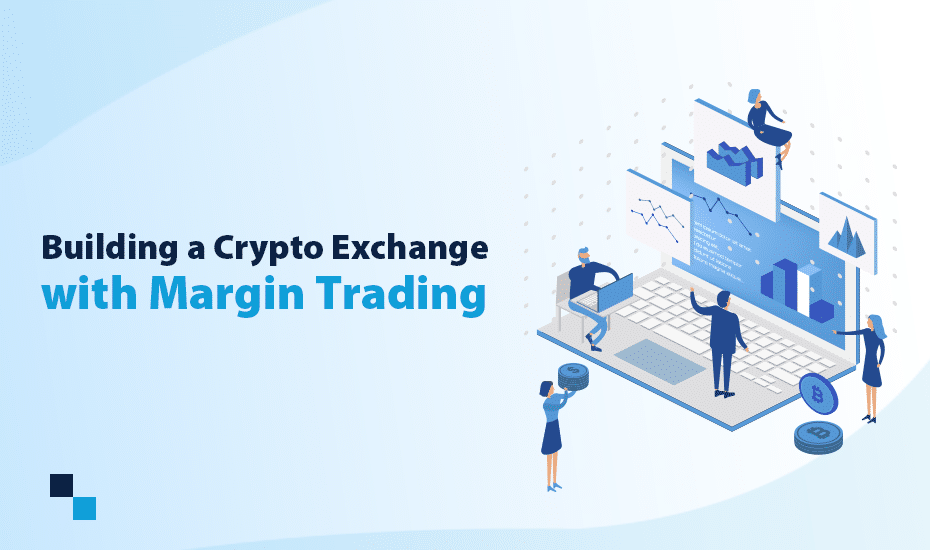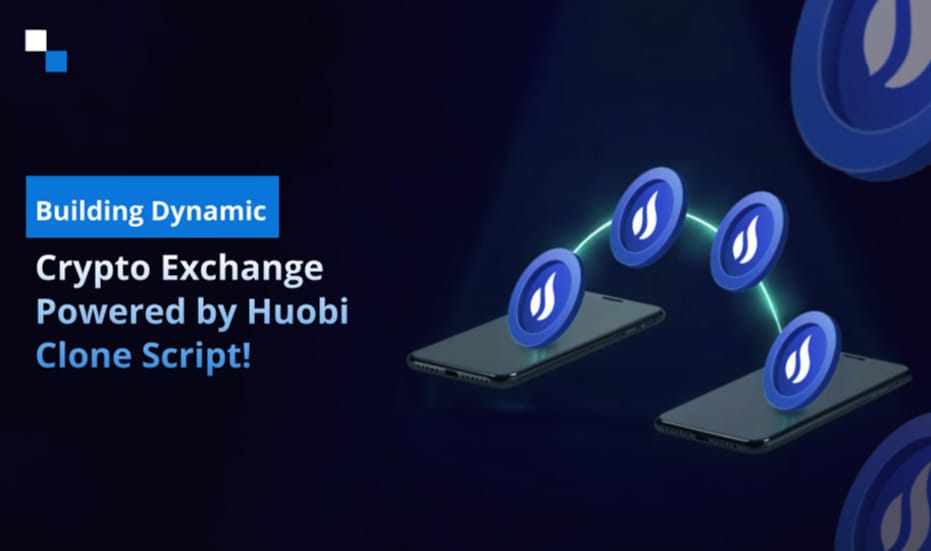
How Blockchain Revolutionized Traditional P2P Lending
August 18, 2020
Building a Decentralized Crypto Wallet: Important Things to Ponder
August 21, 2020If you are in comfort mode now after setting up your crypto exchange, you shouldn’t, as it is the start of your journey as an entrepreneur. Establishing a basic crypto exchange is just a beginning and you need to keep expanding your line of services which should be strong enough to attract users.
Given that margin trading is gaining huge traction among traders, building a margin trading exchange can be a great business opportunity. If you are unsure about margin trading and how it works, here is a brief explanation.
Understanding margin trading
Margin trading allows users to borrow money against their current funds to trade cryptocurrency ‘on margin’ on an exchange platform. Users can leverage their existing cryptocurrency by borrowing funds to amplify their buying power. Streaming in more capital into trading allows traders to garner larger profits from their trades.
While going for margin trading, a trader needs to commit a percentage of the total order value. The amount they put in initially is termed margin. Closely, it is related to leverage, which indicates the ratio of borrowed funds to the margin. For instance, if a trader wants to open a $10,000 at a leverage of 5:1, they would require committing $2,000 of their funds.
Various trading markets and platforms are likely to put up their own set of rules and leverage rates. Stock markets generally have a 2:1 typical ratio, while futures are frequently leveraged at a 15:1 ratio. Forex brokerages are often traded at a 50:1 though some platforms may be offering 100:1 or even 200:1. As for the cryptocurrency markets, the ratios vary from 2:1 to 100:1. The trading community communicates the leverage via the ‘x’ terminology i.e. 2x, 5x, 10x, and so on.
Traders need to comprehend their positions well
It is for the traders to decide when they want to use margin trading for long or short positions. If traders expect the price of the asset to rise, they will invest their funds in a long position. Else, they will put in their funds in the short position. It is important that traders comprehend these positions well as brokerages may press upon them the sale of these assets if the market reverses and crosses a pre-determined mark.
In case a trader has opted for a long leveraged position and the price goes down sharply, they could be margin called. They will need to deposit more funds into their margin account to meet the minimum margin trading requirements. In case the trader is unable to meet this requirement, the system would automatically liquidate their holdings to cover their losses. Generally, this scenario occurs when the accumulative value of the equities in a margin account falls below the total margin requirements of the exchange.
Advantages of margin trading
When it comes to the advantages of margin trading, the foremost is that it enables traders to rake in larger profits, thanks to the greater availability of funds. Margin trading also helps them to diversify their holdings as it facilitates the opening of several positions while putting in relatively smaller amounts of funds. Traders can open positions quickly without diverting large dollops of money to their accounts.
How can traders minimize losses
When the traders are new to the arena, they should focus on learning how to analyze charts, determine trends, and find entry and exit points. They should get adept at technical analysis and cultivate experience in spot trading. Learning these skills won’t completely do away with the risks involved in margin trading, but they will certainly get better in anticipating risks and trade in a better manner.
For traders who lack the risk tolerance to margin trade themselves, you may provide another venue to profit from leverage. You may ask your developers to come up with a feature called margin funding. They can pool their money here to fund the margin trading of other users and earn dynamic interest in the process.
Generally, you will provide interested traders with a few specific terms. If they accept these terms, they will be entitled to repayment of the entire loan amount along with the interest which would vary from exchange to exchange. The advantage of margin funding is that the risk for traders is relatively low, the reason being that leveraged positions can be force-liquidated by the system to prevent more losses.
Summing up
When you are operating a cryptocurrency exchange, extending your services to margin trading isn’t an option but sort of imperative. If you successfully integrate leverage and margin trading exchange and encourage your users to utilize it efficiently, it won’t just ramp up their profits but yours too. What you need to do is to rope in a reliable margin trading exchange development company that can set up for you exactly the kind of software you are looking for.
Antier Solutions is counted among the top companies in India when it comes to developing a margin trading exchange platform. We provide a platform underpinned with everything essential for margin trading – from risk management to various advanced order types, and more.
Connect with our subject matter experts to share your business requirements.



